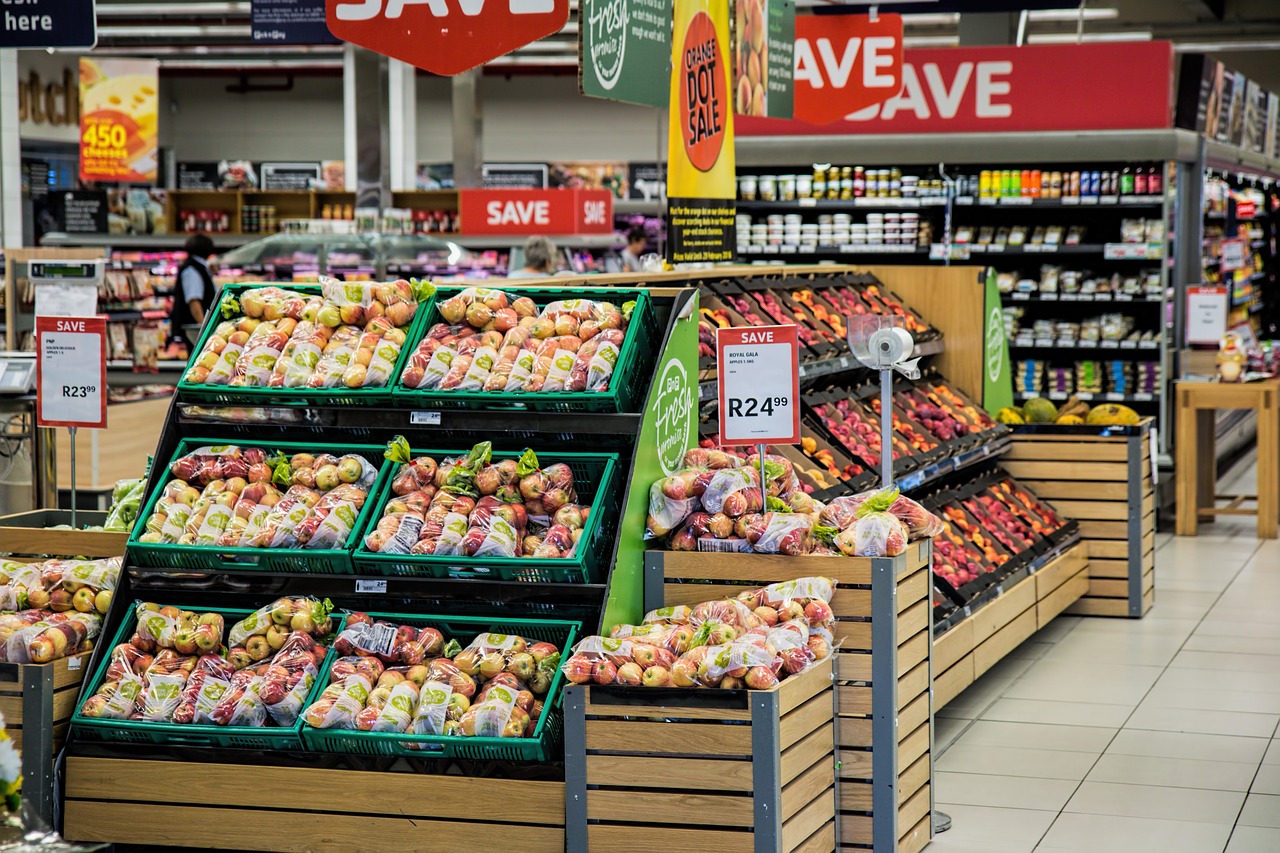The first question to ask when you think about applying for SNAP is, “Am I eligible?” This depends on your income level, housing situation, and other factors. Below, you will learn what kinds of situations can disqualify you for food stamps. There are also some things you should know about deductions for SNAP.
Income eligibility limits
The income eligibility limits for food stamps vary by state, so you may need to contact your local office to find out if you qualify. The guidelines are based on the resources and income of the household. There are also asset limits, so if you have a high income, but no assets, you may not qualify.
The state of New York has a variety of eligibility requirements, including the size of your household, monthly income, and resources. The income limits are the most important criteria, so you must make sure you meet all of these requirements before applying for food assistance. If you fall below these income limits, you can check other nutrition assistance programs that are available.
In general, you must make less than three times the poverty line to be eligible for SNAP benefits. However, you can be exempt from this income limit if you receive Supplemental Security Income or a similar program. If you are disabled or elderly, you can qualify for SNAP through your net income. You can use a SNAP calculator to determine your net income.
Net income is the amount of money that a household can have before deductions. This income is used to determine the amount of SNAP benefits that a household can receive. It is important to note that you can deduct certain expenses, such as out-of-pocket medical expenses, from your net income.
SNAP deductions
There are a variety of SNAP deductions you can take in order to increase your food stamps payments. These include medical costs for household members who are older or disabled. Typically, you’ll need to pay at least $35 of these out-of-pocket expenses each month. Other SNAP deductions you can take are legal child support payments. However, you must prove that you owe the payments.
SNAP benefits are not to be used to buy alcohol, tobacco, or cigarettes. They’re not to be used for clothing, rent, or mortgage payments, and are intended to cover food and other essential items. You can also use your SNAP benefits to buy seeds and plants that grow food. You can even use SNAP benefits to eat at restaurants if you qualify. However, you should be aware that not all foods purchased at restaurants are SNAP eligible.
Some states’ rules may vary slightly, so be aware of your local requirements before filing your SNAP application. Some states, including Alaska and Hawai’i, have a different benefit maximum than other states. For example, if you have a family of six, you may need to claim your entire benefit amount. However, if you have a few medical bills each month, you may be able to average out the cost and still receive more benefits.
As of 2019, about 38 million Americans use SNAP to help them meet the necessities of life. That number will rise to one in nine by 2021, according to the American Rescue Plan. More than half of those enrolled are families with children. And almost half of those families are working.

Leave a Reply